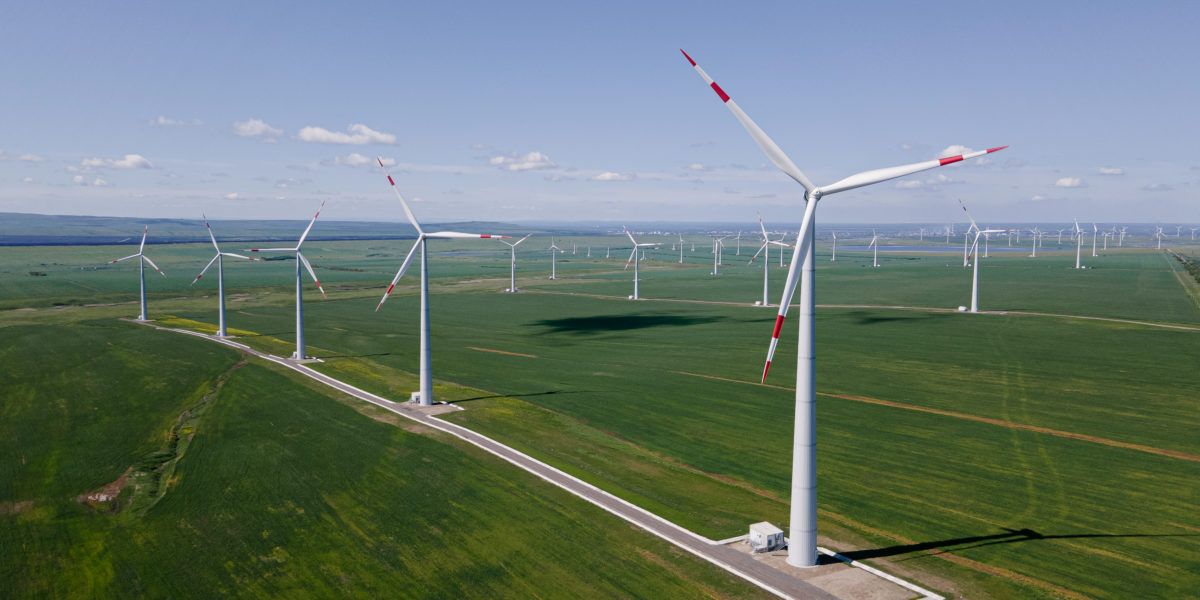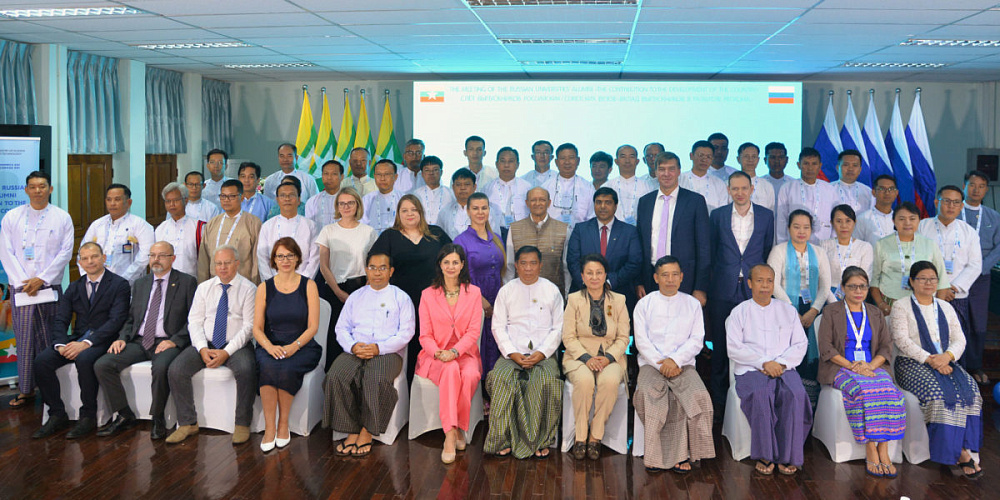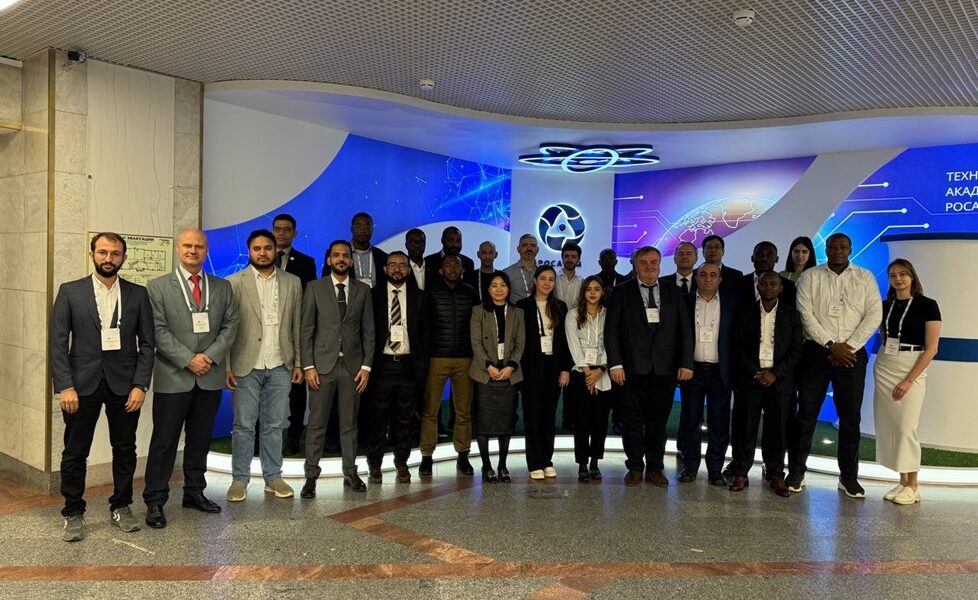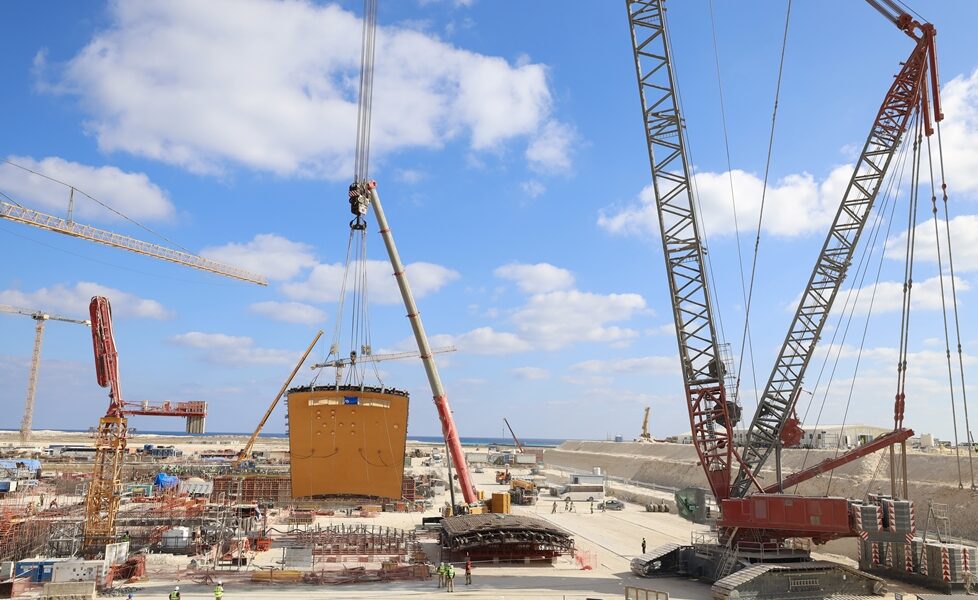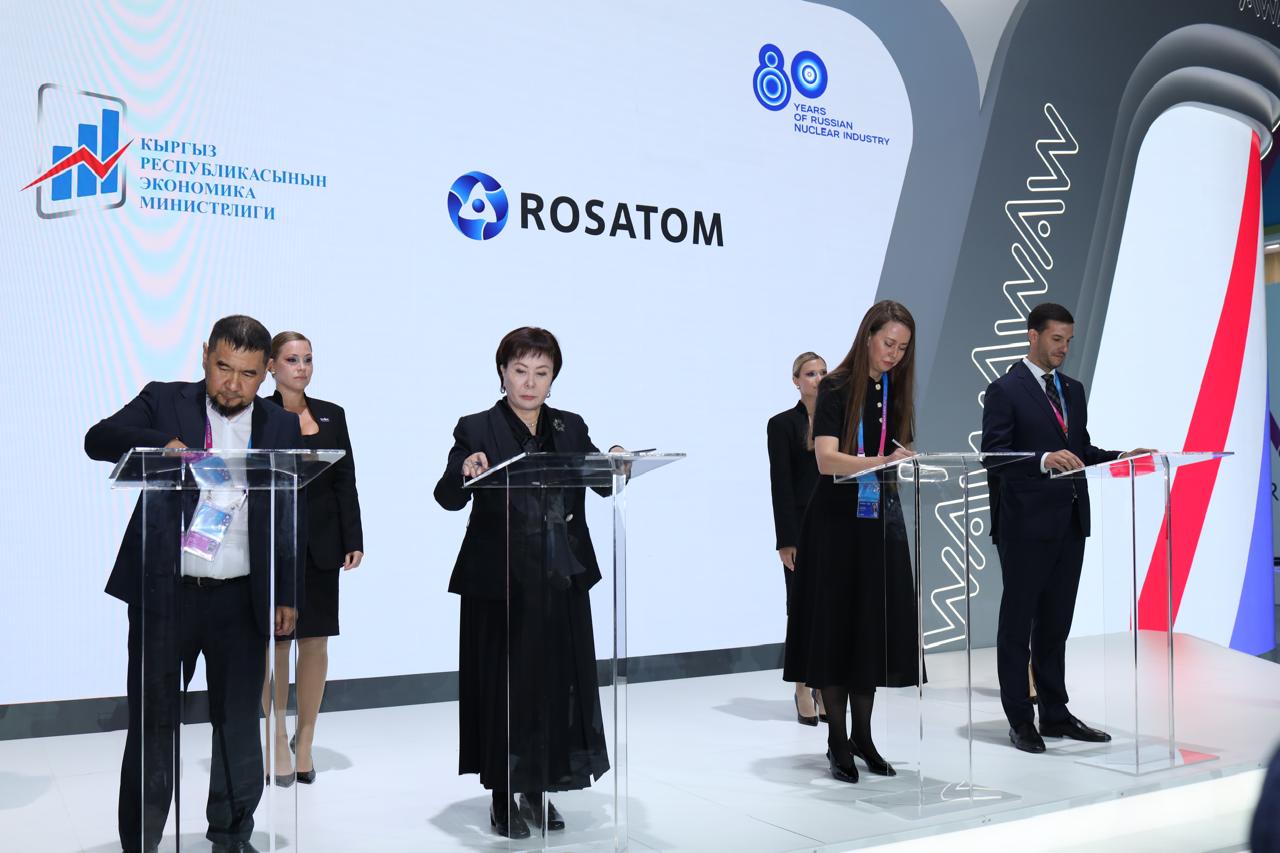Located in Stavropol Krai, the wind power station consists of 64 wind turbines with an installed capacity of 160 MW. As confirmed by the Russian Ministry of Industry and Trade, 68% of the wind farm parts and components have been sourced locally.
“Kuzminskaya is our eighth wind farm in Southern Russia. The first 100 MW of the capacity was put into operation early in June. Today, we are commissioning another 60 MW. The wind farm will supply electricity to over 70,000 households every year. Rosatom is taking a stepwise approach to its wind power strategy. By the year end, we expect to complete another wind farm, Trunovskaya,” NovaWind CEO Grigoriy Nazarov remarked.
“Stavropol is a leading Russian region in terms of wind and solar power capacities. With the Kuzminskaya Wind Farm coming online, the local wind power generation will approach 2 billion kWh per annum. The green energy projects create new jobs and enable tax base growth in the region. We are interested in further expansion of local green energy capacities and will proceed with these efforts,” Stavropol Governor Vladimir Vladimirov said.
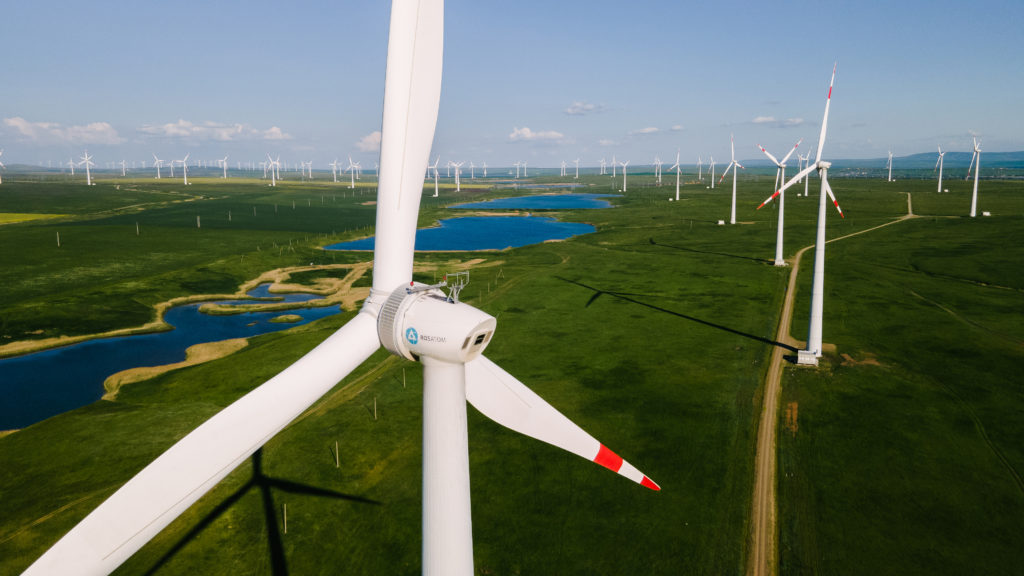
Reference
NovaWind is Rosatom's wind power division consolidating efforts of the Russian nuclear corporation in advanced areas of the energy generation technology. Established in September 2017, the company accumulates Rosatom’s competencies in wind power generation, from design and construction to mechanical engineering and operation of wind farms. As of today, NovaWind has commissioned 940 MW of wind power capacity. By 2027, Rosatom will put a total of about 1.7 GW of wind capacity in operation.
A source of electricity for industry and households, wind power paves the way for a progressive social and economic development of the country. Russia continues to upgrade its power generation facilities, including nuclear capacity. These efforts are fully in line with the current trends towards digitalization and import substitution. Low-carbon power sources already account for nearly 40 % of the Russian energy mix. With the share of wind and nuclear power growing, low-carbon generation will only expand in the future.
Russian partners of Rosatom’s wind power projects increase the output of necessary systems and equipment to strengthen the country’s technological sovereignty. Rosatom Group companies are also involved in the production of domestic components, and one of them is Rosatom’s TVEL Fuel Company. TVEL will launch end-to-end production of rare-earth magnets by 2027. After the factory reaches full capacity in 2028, it will produce 1,000 tons of magnets annually with the possibility of increasing the output to over 3,000 tons after 2030. Rosatom also intends to launch production of wind turbine blades in its composite materials division.

